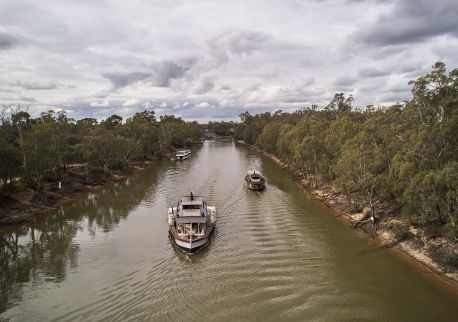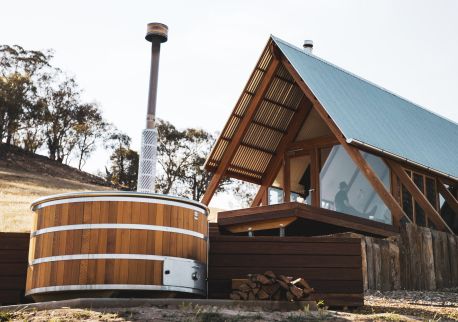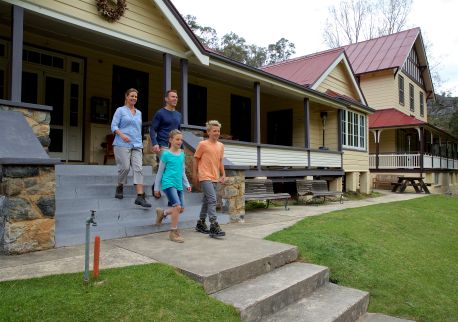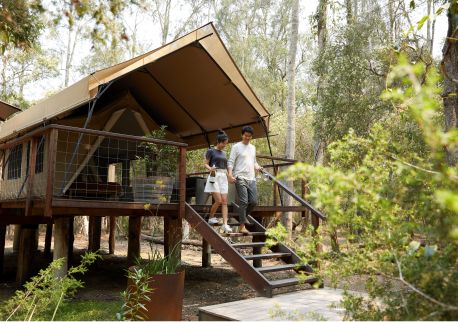Clarence Town
Overview
Clarence Town is a small village nestled on the banks of the Williams River. The township is most famous for building and launching the William IV paddle steamer in 1831, although the town was still called Erringhi at this time. The town was later renamed in 1832 after the Duke of Clarence, who became King William IV in 1830.
Clarence Town's main claim to fame was that this was the spot where, in 1831, Australia's first ocean-going paddle steamer (called the William IV) was built and launched.
Marshall and Lowe produced many vessels over the years, mostly under 50 tons, reaching a commercial peak in the 1870s and closing in the 1890s.
Clarence Town was initially known as Erringhi. Presumably the Aboriginal name for the site, it is thought to mean 'place of wild ducks'. The settlement was situated at what is now the southern end of town by the Williams River where there was a wharf and where William Lowe and James Marshall established the Deptford Shipyards in 1830. The village was renamed in 1832 after the Duke of Clarence (who became King William IV in 1830). A prosperous town by mid-century it was much bigger than Dungog.
































